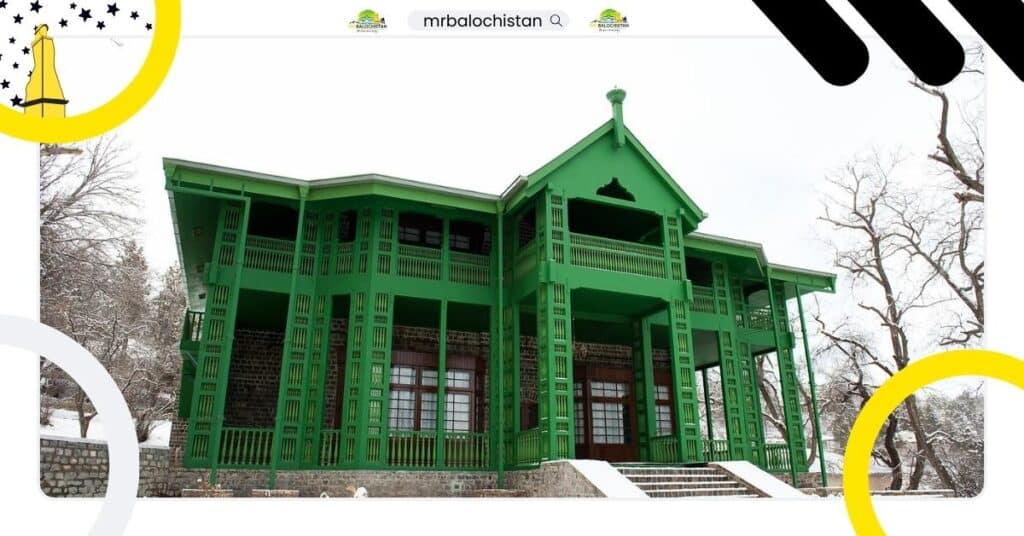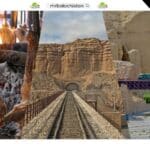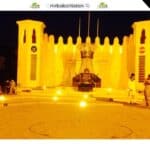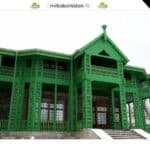Introduction
In the heart of Pakistan, nestled amidst the picturesque hills of Balochistan, lies a historic gem that holds deep significance in the country’s history – Quaid-e-Azam Residency. Pakistan’s rich history is dotted with remarkable individuals who played pivotal roles in shaping the nation’s destiny. One such towering figure is Muhammad Ali Jinnah, affectionately known as “Quaid-e-Azam” (Great Leader). Quaid-e-Azam was instrumental in the creation of Pakistan, and his former residence, aptly named Quaid-e-Azam Residency, stands as a testament to his enduring legacy. This article takes you on a journey through the life of Pakistan’s founding father, Muhammad Ali Jinnah, and his connection to this iconic residence.
Table of Contents
Early Life and Vision
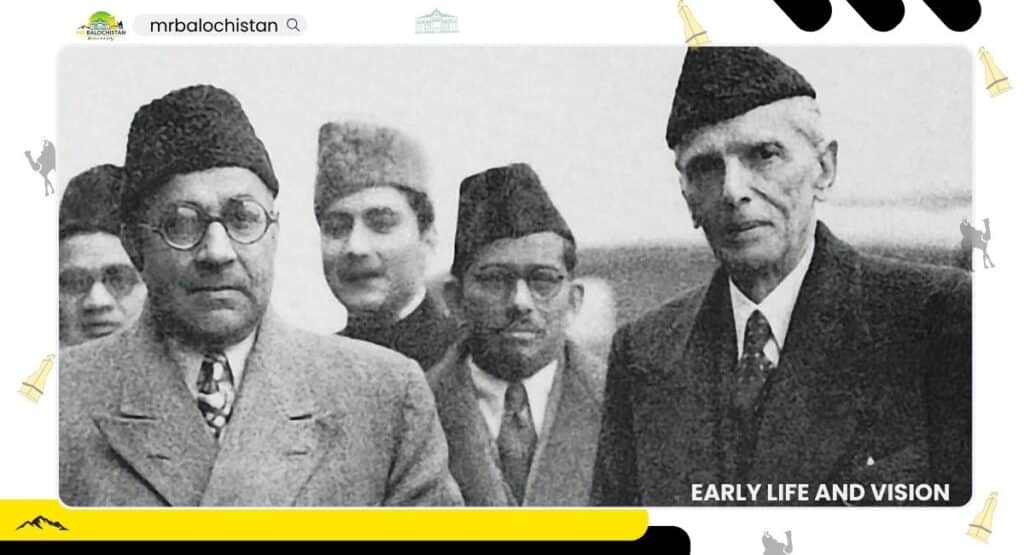
Before delving into the details of Quaid-e-Azam Residency, it’s essential to understand the man behind this revered historical site. Muhammad Ali Jinnah, born on December 25, 1876, in Karachi, played a pivotal role in the creation of Pakistan. His early life was marked by a dedication to education, culminating in his qualification as a barrister in London. Jinnah’s vision was to establish a separate homeland for Muslims on the Indian subcontinent, free from British colonial rule.
The Significance of Quaid-e-Azam Residency
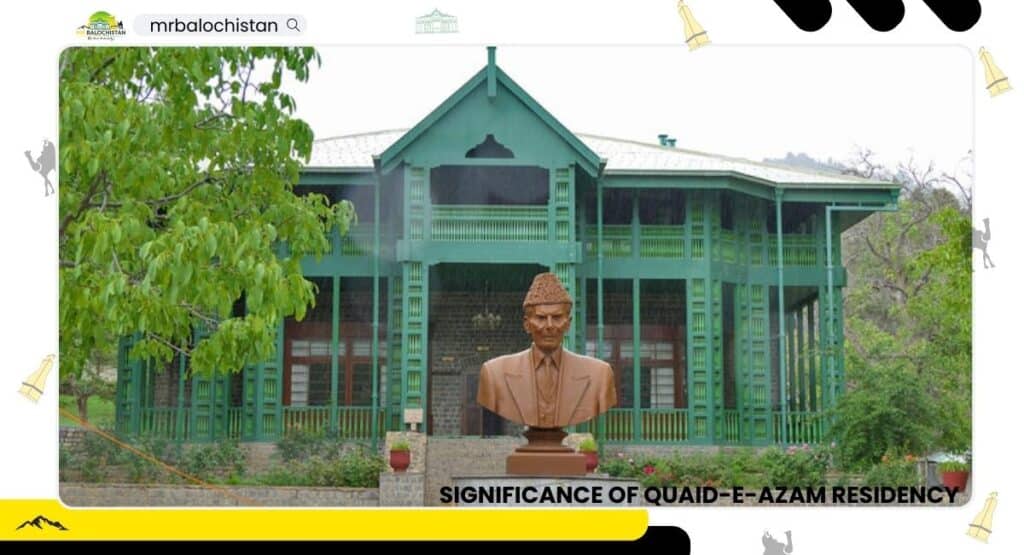
Quaid-e-Azam Residency, located in Ziarat, Balochistan, holds immense historical significance. It was in this colonial-era wooden structure that Jinnah spent the last days of his life. In the sweltering summer of 1948, Jinnah, who had become Pakistan’s first Governor-General, sought refuge in the serene hills of Ziarat, away from the scorching heat of Karachi.
The residency served as a sanctuary where Jinnah contemplated the nascent nation’s future, working tirelessly to shape its destiny. Today, it stands as a tribute to the resilience and determination of Pakistan’s founding father.
A Glimpse into Quaid-e-Azam’s Life

Quaid e Azam Residency, also known as “Jinnah’s House,” offers a poignant insight into the personal life of this iconic leader. The wooden, two-storied structure is reminiscent of British colonial architecture and is surrounded by lush gardens. The rooms within the residency have been preserved in their original condition, containing the furniture and personal belongings used by Quaid e Azam and his sister, Fatimah Jinnah. Visiting this historic site allows visitors to connect with the leader on a personal level, as they can see his bedroom, study, and the dining area where he once hosted distinguished guests.
Architectural Marvel
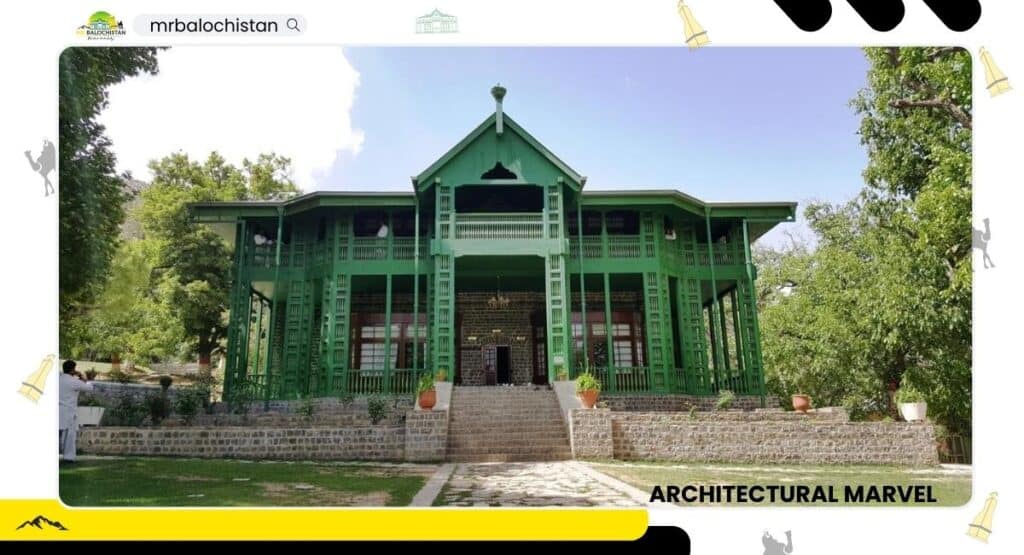
The Quaid-e-Azam Residency is not just a historical site but also an architectural marvel. The building is constructed entirely from wood and reflects the colonial architecture of the time. Its unique design, which includes wide verandas and spacious rooms, provided Jinnah with a comfortable and contemplative environment during his stay.
The Residency’s Surroundings

Surrounded by stunning natural beauty, Quaid-e-Azam Residency offers an opportunity to appreciate the peaceful and serene atmosphere that Quaid-e-Azam enjoyed during his stay. The gardens are adorned with blooming flowers and a tranquil ambiance that adds to the tranquility of the place. The nearby Ziarat Residency and the sandalwood tree are additional attractions that visitors often explore, providing a comprehensive understanding of the Quaid’s life in Ziarat.
Jinnah’s Last Days
Jinnah’s health was deteriorating rapidly during his stay in Ziarat. Despite his frail condition, he continued to work on the nation’s affairs, emphasizing the importance of unity and tolerance among Pakistan’s diverse population. His vision for a democratic and inclusive Pakistan is still revered today.
Restoration and Preservation
The preservation and restoration of Quaid-e-Azam Residency are of paramount importance to Pakistan’s government and the people. Continuous efforts have been made to ensure that the site remains well-maintained and open to the public. The Quaid-e-Azam Residency has been declared a national monument, emphasizing its importance in the nation’s history. Today, visitors can explore the restored structure and gain a deeper understanding of the life and times of Quaid-e-Azam.
Tourism and Education

Quaid-e-Azam Residency is not only a historical site but also a hub for education and tourism. It attracts thousands of visitors annually, including students, researchers, and tourists from around the world. The site offers a glimpse into Pakistan’s struggle for independence and the remarkable leadership of Jinnah.
Pros and Cons of Quaid-E-Azam Residency
Quaid-e-Azam residency: Pros and Cons
Plus Points
Immense historical significance
Insight into the personal life of Jinnah
Surroundings offer a peaceful and serene atmosphere
Hub for education and tourism
Symbol of Pakistan’s history and culture
Negative Points
Limited accessibility for some travelers
Preservation challenges due to the wooden structure
Potential overcrowding during peak tourist seasons
Limited accommodation options
Seasonal weather challenges
Conclusion
In conclusion, the Quaid-e-Azam Residency is more than just a historical landmark; it’s a testament to the indomitable spirit and vision of Pakistan’s founding father, Muhammad Ali Jinnah. His time at the residency was marked by dedication, resilience, and an unwavering commitment to the dream of an independent Pakistan. The preservation of this iconic site ensures that future generations can continue to be inspired by the life and legacy of Quaid-e-Azam. As a tribute to his enduring legacy, the Quaid-e-Azam Residency stands as a symbol of Pakistan’s history, culture, and its relentless pursuit of freedom.

